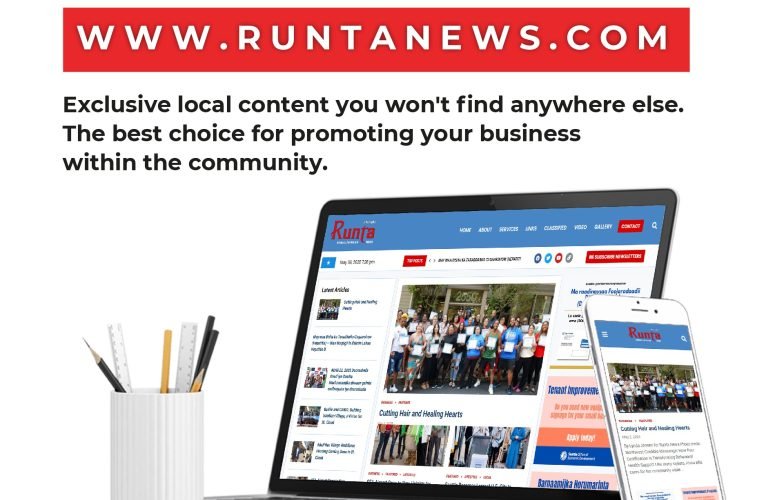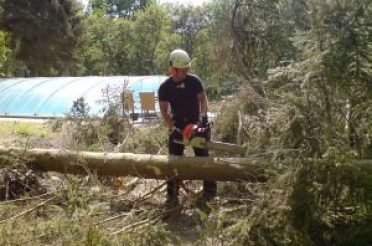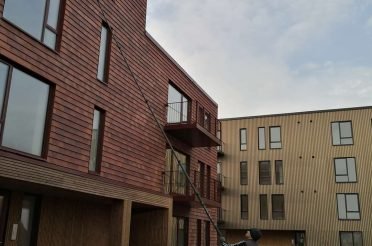Strengthening Voices: The Role of a Modern Somali News Magazine and a Multilingual Communities News Source

In the ever-evolving media landscape of the Pacific Northwest, the presence of a vibrant, multilingual news ecosystem has become more important than ever—especially for immigrant and refugee communities seeking accurate representation. As cultural diversity continues to shape the social and economic dynamics of urban centers like Seattle, platforms such as a Somali News Magazine and a robust Somali, Amharic, Oromo, and Swahili Communities News Source have emerged to bridge gaps, empower voices, and preserve cultural identity.
For years, mainstream media has struggled to accurately reflect the nuanced realities of East African communities in the United States. This has led to the rise of community-driven media initiatives that focus on content curated by and for these groups. The Somali News Magazine plays a pivotal role in highlighting not only issues that affect the Somali diaspora but also cultural celebrations, youth achievements, women’s leadership, and stories of resilience.
This magazine serves as more than just a publication—it is a mirror of identity, a platform where language, heritage, and lived experience are honored. With tailored content that blends feature stories, investigative reporting, and cultural columns, it reflects the rich traditions of Somali life while offering a voice in public discourse. Whether covering topics like immigration policies, education, entrepreneurship, or local politics, the Somali News Magazine ensures that Somali voices are not just heard, but amplified with pride.
Parallel to this is the critical need for a comprehensive Somali, Amharic, Oromo, and Swahili Communities News Source, which serves multiple linguistic and ethnic communities from East Africa. This type of multilingual platform represents a new era of inclusive journalism that goes beyond language—it’s about access, dignity, and community solidarity.
Many households within these communities speak more than one language, often passing native tongues down through generations. By providing coverage in Somali, Amharic, Oromo, and Swahili, such a news source becomes a culturally relevant information hub. It’s particularly valuable for elders, recent immigrants, and those who may not be fluent in English but need critical updates on healthcare, housing, education, and civic engagement.
Importantly, a Somali, Amharic, Oromo, and Swahili Communities News Source fosters unity across communities that have distinct traditions but often share migration journeys and diasporic challenges. By interweaving stories from different cultures, this platform helps build bridges and foster mutual understanding. It’s a model for intercultural communication and regional solidarity—tools vital for addressing systemic issues such as discrimination, underrepresentation, and socio-economic barriers.
Such platforms also play a crucial role in youth engagement. Second-generation immigrants often straddle two worlds—the culture of their parents and the American society they grow up in. A culturally attuned media outlet like the Somali News Magazine provides youth with content that reflects their identities while also equipping them with knowledge on civic rights, educational opportunities, and career development. It transforms media consumption into a learning experience that reinforces belonging and pride.
Meanwhile, multilingual news outlets help families stay informed together. A household where grandparents read in Amharic, parents follow Somali news, and children engage in Swahili or English is no longer fragmented by language barriers. These media tools become threads that keep families and generations tightly connected through shared stories and cultural milestones.
In an increasingly digital world, these community news platforms are also adapting to modern consumption habits. Many now offer mobile apps, digital editions, and social media engagement, making their content more accessible to wider audiences. Podcasts, video journalism, and WhatsApp news alerts have made it easier for communities to stay updated in real-time, especially during emergencies or local events.
Organizations and policymakers would do well to recognize the power of these platforms. Public health campaigns, voter outreach programs, and educational initiatives that collaborate with a Somali, Amharic, Oromo, and Swahili Communities News Source can see significantly greater impact. These platforms are trusted by the community and possess the cultural fluency needed to ensure messages are received, understood, and acted upon.
Runta News, a respected advocate for community-centered journalism, has long emphasized the necessity of supporting multilingual media platforms. In a time when misinformation is rampant and cultural erasure looms, reliable sources that cater to specific linguistic and ethnic communities offer a vital service.
By uplifting and promoting initiatives like the Somali News Magazine, Runta News reinforces its commitment to inclusive storytelling, local empowerment, and journalistic integrity. It also highlights the broader societal benefit of investing in media that represents and celebrates the diversity of voices shaping the modern American narrative.
As we look to the future, the sustainability of these platforms will depend on community support, institutional partnerships, and digital innovation. Grants, advertising opportunities from culturally aligned businesses, and collaboration with educational institutions can provide the resources needed to maintain and expand such vital media projects.
In conclusion, the rise of a culturally rich Somali News Magazine and a unified Somali, Amharic, Oromo, and Swahili Communities News Source is not only timely but necessary. These platforms are not just responding to a need—they are actively shaping a future where stories, voices, and cultures from East Africa are seen, heard, and honored in every corner of the American media landscape.







